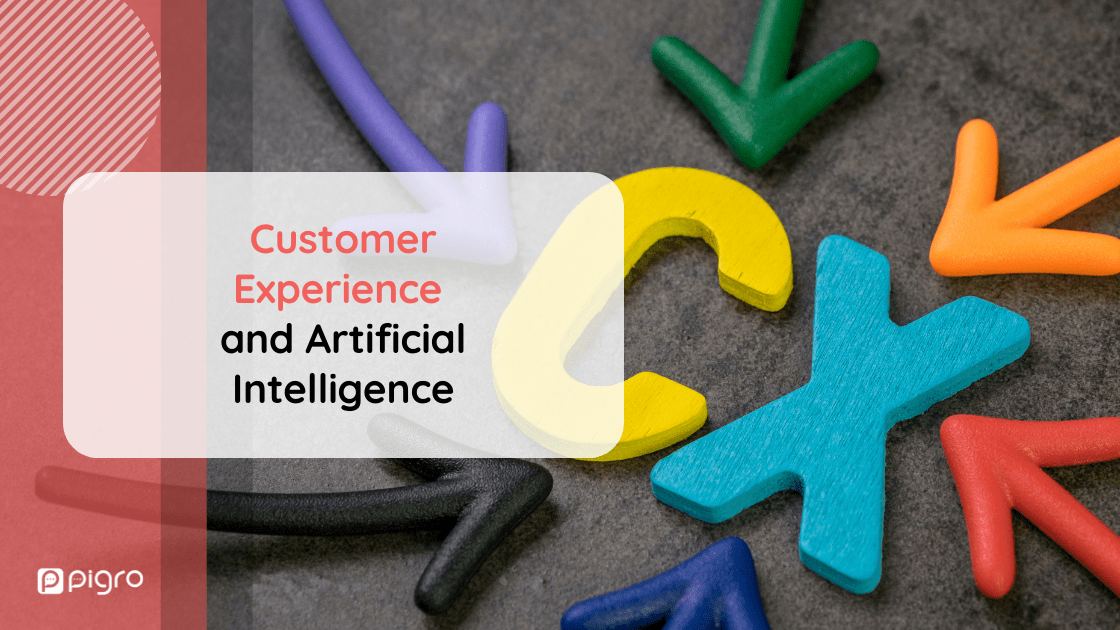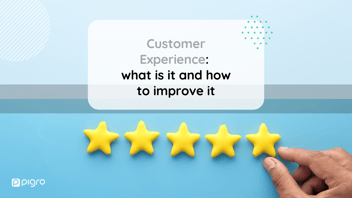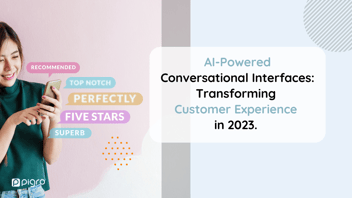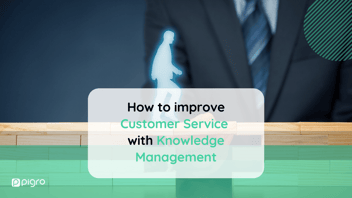Artificial Intelligence is designed to facilitate the adoption of a one-to-one (i.e. customer-centric) marketing approach, allowing companies to actively listen to their consumer's needs and thus improve the Customer Experience.
The use of chatbots, or recommendation systems, allows companies to define the consumer's purchase path by structuring it around their needs and making it more engaging.
On the whole, this facilitates the construction of a positive Customer Experience, generating customer satisfaction, which can lead (in the long run) to loyalty to the company.
What is Artificial Intelligence
Artificial Intelligence is part of Computer Science and is about creating intelligent systems that can perform one or more tasks in a timely and efficient manner.
Through Artificial Intelligence it is possible to give full attention to all the different needs of the consumer, building a satisfying shopping experience.
This is achieved because through intelligent machines you can automate repetitive tasks related to customer management, lowering costs without reducing the quality of your service.
How Artificial Intelligence can be applied to marketing: intervening in the Customer Journey phases
Listening to the consumer does not only imply taking into account his possible complaints about the functioning of a product.
On the contrary, it means taking into account all their needs, starting from the moment the consumer perceives a lack and works to satisfy this need.
Specifically, in marketing, this path, taken by the consumer to arrive at the purchase of a certain product or service (starting from a need), takes the name of the Customer Journey.
The Customer Journey is composed of 5 phases:
1) Awareness of a lack, which translates into a need and therefore the search for a product or service capable of filling this state of dissatisfaction;
2) Construction of the consideration set, i.e. the various products available on the market that are able to fill the lack perceived by the consumer;
3) Evaluation of alternatives, seeking further information on the products or services under consideration;
4) Online or physical purchase experience of the product or service;
5) Post-purchase experience, which involves using the product or service and evaluating the ability of the good to meet the consumer's expectations and needs.
Artificial Intelligence is designed in such a way as to be able to optimize some of these phases by coming into contact with the user at all Customer Journey touchpoints.
Frequently the user, during the phase of research of information (in order to build his own consideration set, or to evaluate in a more schematic way different alternatives) finds himself managing a consistent amount of information.
The use of a Customer Service chatbot could therefore facilitate the search for information, giving the consumer the possibility to quickly find what he is looking for.
Chatbots are useful interlocutors for the customer even in the post-sales phase, obtaining an immediate response to any doubts or complaints.
What is Customer Experience
The concept of the Customer Journey is linked to that of Customer Experience.
The Customer Experience is the set of experiences and emotions felt by the consumer in the various phases of the Customer Journey.
These experiences are structured in the consumer through the direct and indirect interactions he has with the company during the purchase process.
By direct interactions, we mean all real contacts with the company, for example with the staff inside the store.
For indirect interactions we refer to those contacts had with the company without there being a real dialogue with the company, for example by seeing an advertisement, or through word of mouth (i.e. through third-party recommendations).
How to build a positive shopping experience
Customer Experience marketing aims to make certain elements, on which the shopping experience is centred, positive:
-
Customer satisfaction through a product or service offered by the company, capable of filling the consumer's need;
-
Availability of the company to interact with the consumer, resolving any doubts or questions;
-
Building an engaging experience by leveraging all the different touchpoints (from the point of sale to the online site).
Research conducted by KPMG highlighted the six pillars of an excellent customer experience:
-
Personalization, demonstrating to the consumer that you understand their needs and have structured the entire experience based on these shortcomings;
-
Integrity, thus demonstrating to the customer that you are worthy of their trust;
-
Meeting and even exceeding the consumer's expectations;
-
Problem-solving, possibly arising during the course of the experience;
-
Empathy - showing the consumer that you understand their experiences and needs;
-
Removing obstacles that may stand between the consumer and their goal (in this case, satisfying a deficiency).
How to Improve Customer Experience with Artificial Intelligence
In its various forms, Artificial Intelligence is designed to help companies in listening to their customers, creating a personalized shopping experience to generate positive consumer emotions related to the buying process.
To achieve this, a company can:
-
Implement a chatbot, i.e. an automatic responder, able to simulate a real conversation with its interlocutor.
The use of a chatbot also allows the company to build efficient Customer Service, assisting the customer 24/7, and solving any doubts or questions;
-
define a virtual assistant, which can simplify the purchasing process, allowing the consumer to more quickly identify the product or service that suits his needs;
-
build a recommendation system that, by processing data about the consumer's buying habits and behaviours, is able to recommend products or services related to previous purchases.
Why optimize shopping experiences with Artificial Intelligence
The implementation of Artificial Intelligence allows companies to build personalized shopping experiences based on the consumer's needs and wants.
In this way, the company adopts a marketing approach centred on the consumer, not treated as a mere source of profit, but actively listened to in all its needs, which can be responded to quickly and efficiently.
Listening to your customers, involving them, and answering their questions allows you to build positive emotions in the consumer, which will increase the chances of purchase, repetition of the same, and loyalty to the company.
The use of Artificial Intelligence defines a win-win situation (i.e. of mutual benefit):
- the company has the opportunity to reduce the costs incurred for assistance and support services, without affecting their quality;
- the consumer will feel listened to and will find a quick solution to his problems.
Sources: Sharma A., How marketers are using chatbots to increase sales, "Chatbots Life".
Read also:
- Customer Experience (CX): what it is and how to improve it
- Make your Customer Service Help Desk more efficient with Knowledge Management
Would you like to know more about Pigro and how it works? Don't hesitate to contact us!




